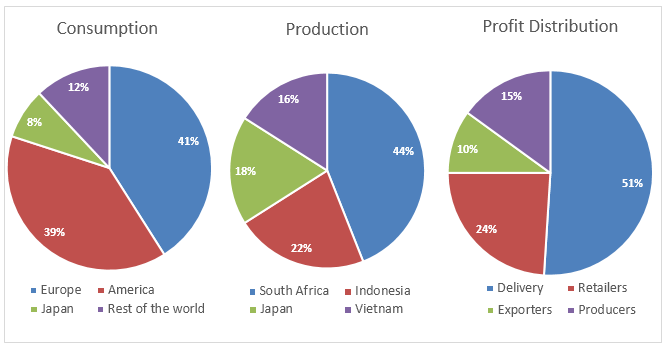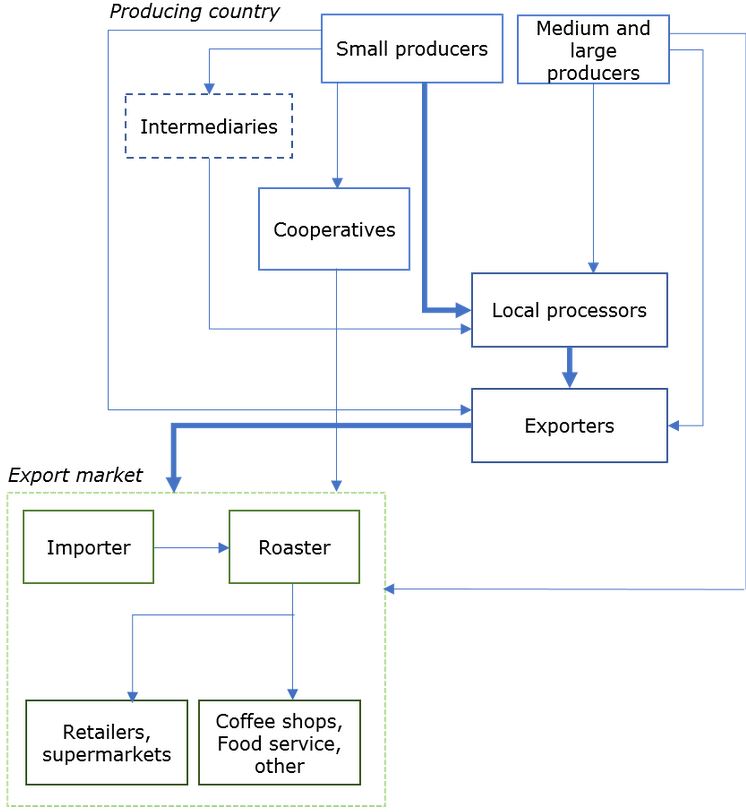Coffee Producing Countries 2020

The two popular coffee types are robusta and arabica and almost 75 countries are.
Coffee producing countries 2020. The following list of countries by coffee production catalogues sovereign states that have conducive climate and infrastructure to foster the production of coffee beans. That s good news for farmers in key coffee producing regions who have been struggling as coffee prices kept slumping for the past few years. Top coffee producing countries of 2020 largest producers. Many of these countries maintain substantial supply chain relations with the world s largest coffeehouse chains and enterprises.
To further explore what causes overscoring in producing countries and how we can change it i spoke with a number of coffee professionals across the supply chain. Guatemala 204 000 metric tons 449 743 000 guatemala produced 204 000 metric tons of coffee beans in 2016 and their production numbers. We ve put together a list of the world s top 25 countries producing arabica and robusta coffee in 2020. Brazil is the top coffee producing country in the world followed by vietnam and columbia.
Mexico 234 000 metric tons 515 881 000 pounds 8. Coffee producing countries 2020. Uganda 288 000 metric tons 634 931 000 pounds 7. Change in total production 2015 2019.
No doubt there have been advancements in the coffee processing methods in the past 10 20 years. Top coffee producing countries. Coffee production by country thousand 60 kg bags. A few weeks ago i wrote an article about the issue of coffee overscoring in producing countries the feedback we received motivated us to dig deeper into understanding this issue.
More than 70 countries produce coffee but the majority of global output. Since 2016 prices have dropped 30 below the average. Updated mar 15 2020 while some of the world s top coffee producing nations are well known others may come as a surprise. These coffeehouses play a prominent role in supporting developing economies by waging a variety.
Most coffee producing countries have made modest gains in overall production over the past several years while some countries have reduced output in that time.













































